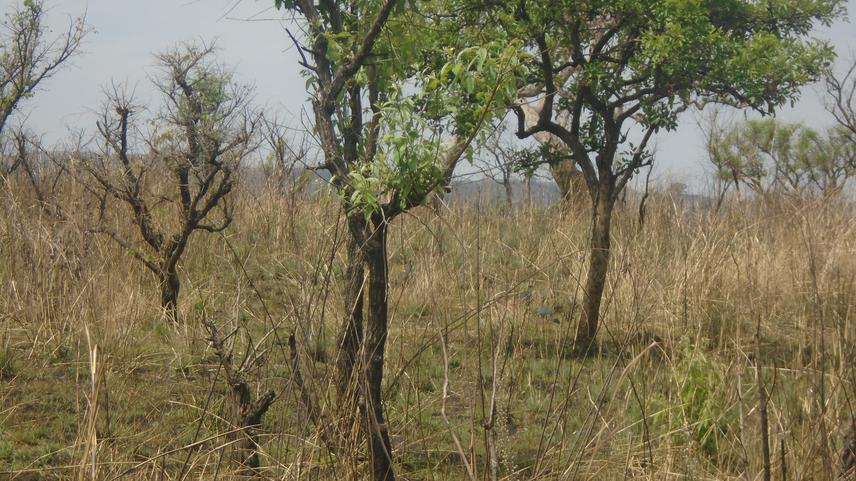Yihenew Aynalem
Other projects
21 Jun 2021
Population Status, Threats and Conservation of the Endemic Blue-Winged Goose (Cyanochen cyanoptera) in Sululta Plain, Central Highlands of Ethiopia
Galliformes are among the most threatened group of avian orders (McGowan, 2002; Brickle et al., 2008), due to overexploitation, habitats destruction and loss as well as depredation. This project aims to determine the Diversity, Population Status, Distribution Patterns and Conservation Threats of Galliformes in Didessa River Valley, western Ethiopia, through point counting, strip- and line-transects, call counting and camera trapping techniques. Questionnaire-based survey, focused-group discussion and direct focal-flock observation will also be used to assess possible conservation threats and human-Galliformes interactions in the area. This study will provide substantial up-to-date scientific information to bridge knowledge gaps on Galliformes Ecology, build-up in-country conservation capacity and improve the conservation status of Galliformes in Ethiopia.

Galliformes/Landfowls are an order of birds commonly referred to as gallinaceous or gamebirds, and includes the Pheasants, Quails, Partridge, Turkeys, Guineafowls and Grouse. They are well recognized for their ecological values as useful biological indicators (Bhattacharya et al., 2007), and socio-cultural and economic significances (McGowan, 2002; Tian et al., 2018). Galliformes are among the most threatened group of birds (McGowan, 2002; Brickle et al., 2008). Populations of many species have declined globally (Tian et al., 2018). About 26.4% of species are listed as threatened/at brink of extinction in the IUCN Red List category (BirdLife International, 2016), owing to overexploitation for food (meat and egg) (Ramesh, 2003; Tian et al., 2018), habitats destruction and loss (Zhou et al., 2015), human disturbance (Storch, 2013), recreational hunting (Keane, 2005), cultural practices (Keane et al., 2005) as well as depredation (Collar et al., 1994; Garson and Zheng, 2006).
Galliformes are less studied in Ethiopia. Very little is known on their Ecology, Behaviours and Conservation Threats. Gamebirds hunting, illegal egg collection, deforestation and habitats destruction are the most probable threats of Galliformes in Ethiopia. Hence, they are less studied in the country, detail investigation on their ecology and habitats is very crucial. This project, therefore, aims to bring new insight into- and generate first-hand up-to-date scientific information on- Galliformes assemblage essentially, the diversity, population status, distribution patterns and conservation threats in Didessa River Valley, western Ethiopia. The area is under considerable anthropogenic threats. Mainly, settlement, agricultural intensification, forest encroachment, logging, deforestation and habitats destruction are threatening the biodiversity and habitats of the area at large. Point count, strip- and line-transect techniques (Bibby et al., 1998, 2000) will be applied to assess the abundance and distribution of Galliformes. Call counting and camera trapping techniques will also be used since most species are notoriously elusive, and difficult to detect them using usual cues. Questionnaire-based survey, focused-group discussion and direct focal-flock observations will be used to assess possible conservation threats and human-Galliformes interaction.
This project will provide substantial baseline information to bridge the gap of knowledge on Galliformes Ecology and Conservation, update the national Galliformes database of the region, build-up conservation capacity, explore and implement sustainable species conservation strategies and improve the conservation status of the species and habitats. Furthermore, it has also vital contributions to enlighten local communities’ understanding of the conservation importance and maintain sustainable human-Galliformes interactions through research, advocacy and community-based conservation actions.